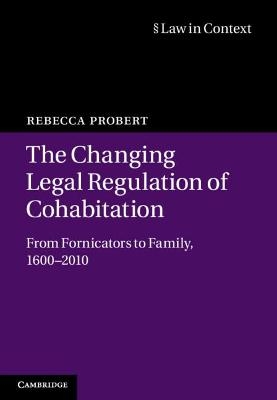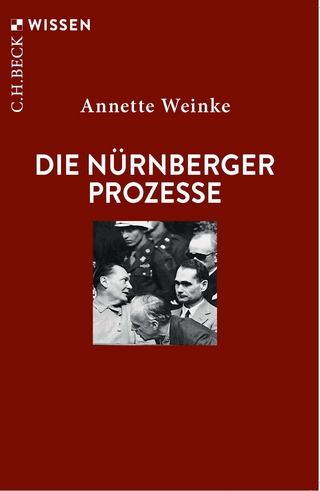
The Changing Legal Regulation of Cohabitation
From Fornicators to Family, 1600–2010
Seiten
2012
Cambridge University Press (Verlag)
978-1-107-02084-9 (ISBN)
Cambridge University Press (Verlag)
978-1-107-02084-9 (ISBN)
This book is for anyone interested in the history of marriage and cohabitation, whether historian, lawyer or general reader. It is written in an accessible style, while providing a radical reassessment of existing ideas about the popularity, legal treatment and perceptions of cohabitation between 1600 and 2010.
This book has three key aims: first, to show how the legal treatment of cohabiting couples has changed over the past four centuries, from punishment as fornicators in the seventeenth century to eventual acceptance as family in the late twentieth; second, to chart how the language used to refer to cohabitation has changed over time and how different terms influenced policy debates and public perceptions; and, third, to estimate the extent of cohabitation in earlier centuries. To achieve this it draws on hundreds of reported and unreported cases as well as legislation, policy papers and debates in Parliament; thousands of newspaper reports and magazine articles; and innovative cohort studies that provide new and more reliable evidence as to the incidence (or rather the rarity) of cohabitation in eighteenth- and nineteenth-century England. It concludes with a consideration of the relationship between legal regulation and social trends.
This book has three key aims: first, to show how the legal treatment of cohabiting couples has changed over the past four centuries, from punishment as fornicators in the seventeenth century to eventual acceptance as family in the late twentieth; second, to chart how the language used to refer to cohabitation has changed over time and how different terms influenced policy debates and public perceptions; and, third, to estimate the extent of cohabitation in earlier centuries. To achieve this it draws on hundreds of reported and unreported cases as well as legislation, policy papers and debates in Parliament; thousands of newspaper reports and magazine articles; and innovative cohort studies that provide new and more reliable evidence as to the incidence (or rather the rarity) of cohabitation in eighteenth- and nineteenth-century England. It concludes with a consideration of the relationship between legal regulation and social trends.
Rebecca Probert is Professor of Law at the University of Warwick. She has taught family law for over a decade and published widely on both contemporary family law and its history.
1. Introduction; 2. Fornicators: the punishment of illicit sex; 3. No name: law, morality and precedent; 4. Unmarried wives in war and peace; 5. Living in sin: concerns and changes; 6. 'Stable illicit unions': cohabitation and the reform of divorce law; 7. Common-law wives: the 1970s and the creation of a myth; 8. Live-in lovers: trying to get back to basics; 9. Partners: New Labour and neutrality; 10. Conclusion.
| Erscheint lt. Verlag | 6.9.2012 |
|---|---|
| Reihe/Serie | Law in Context |
| Zusatzinfo | 3 Halftones, unspecified; 2 Line drawings, unspecified |
| Verlagsort | Cambridge |
| Sprache | englisch |
| Maße | 180 x 253 mm |
| Gewicht | 690 g |
| Themenwelt | Geschichte ► Teilgebiete der Geschichte ► Militärgeschichte |
| Recht / Steuern ► EU / Internationales Recht | |
| Recht / Steuern ► Privatrecht / Bürgerliches Recht ► Familienrecht | |
| Recht / Steuern ► Rechtsgeschichte | |
| ISBN-10 | 1-107-02084-0 / 1107020840 |
| ISBN-13 | 978-1-107-02084-9 / 9781107020849 |
| Zustand | Neuware |
| Haben Sie eine Frage zum Produkt? |
Mehr entdecken
aus dem Bereich
aus dem Bereich
neueste Manipulationstechniken als Waffengattung der NATO
Buch | Softcover (2023)
Westend (Verlag)
24,00 €
Deutschlands Schwäche in der Zeitenwende
Buch | Softcover (2023)
C.H.Beck (Verlag)
18,00 €


